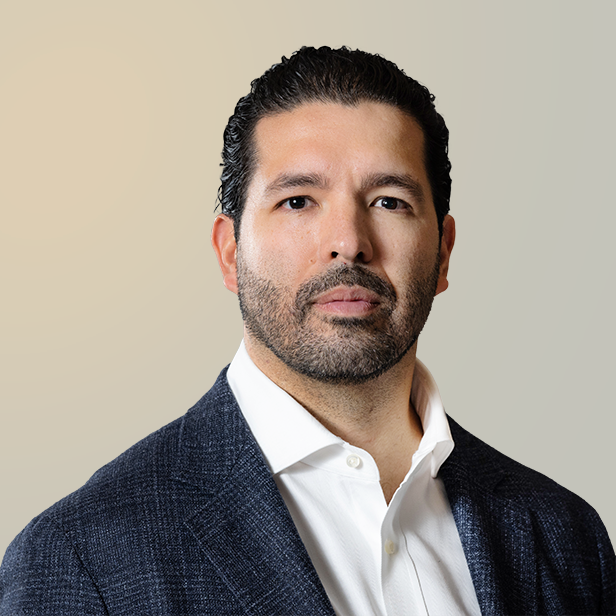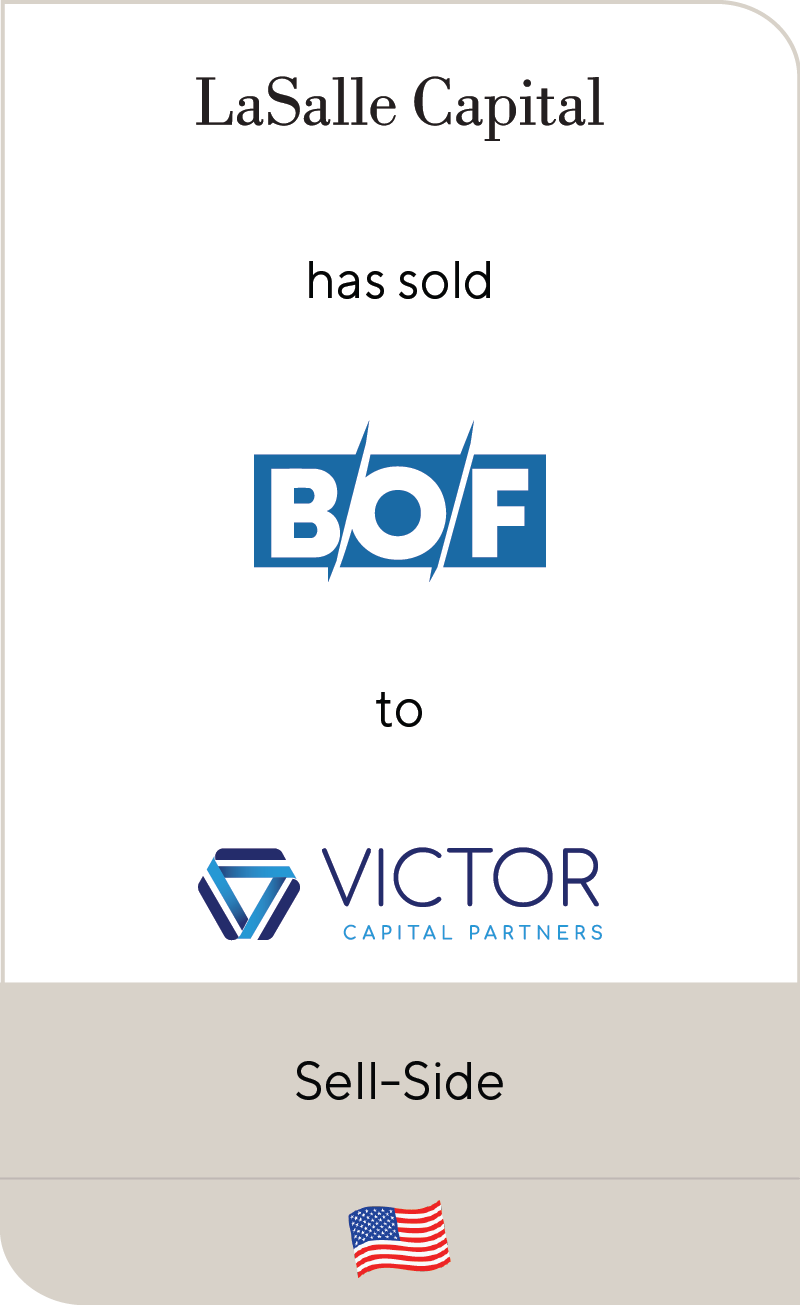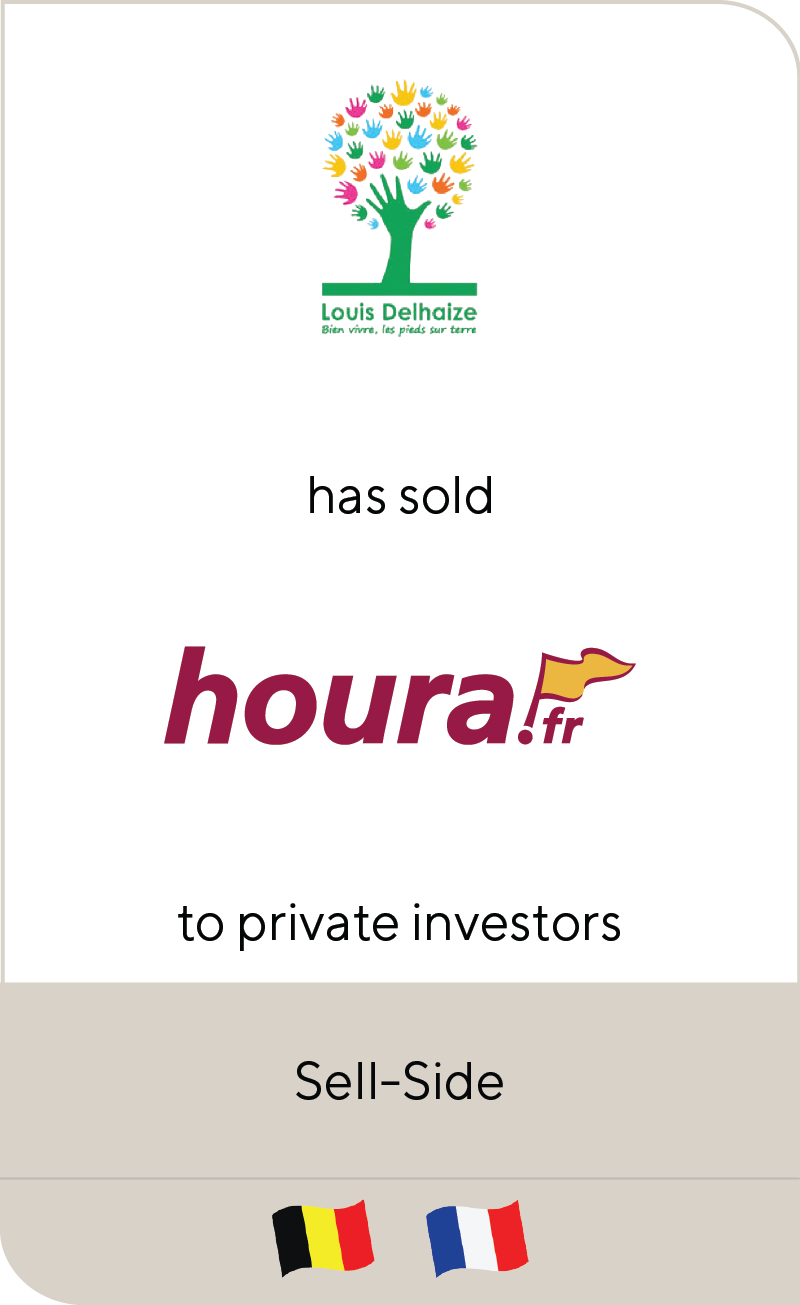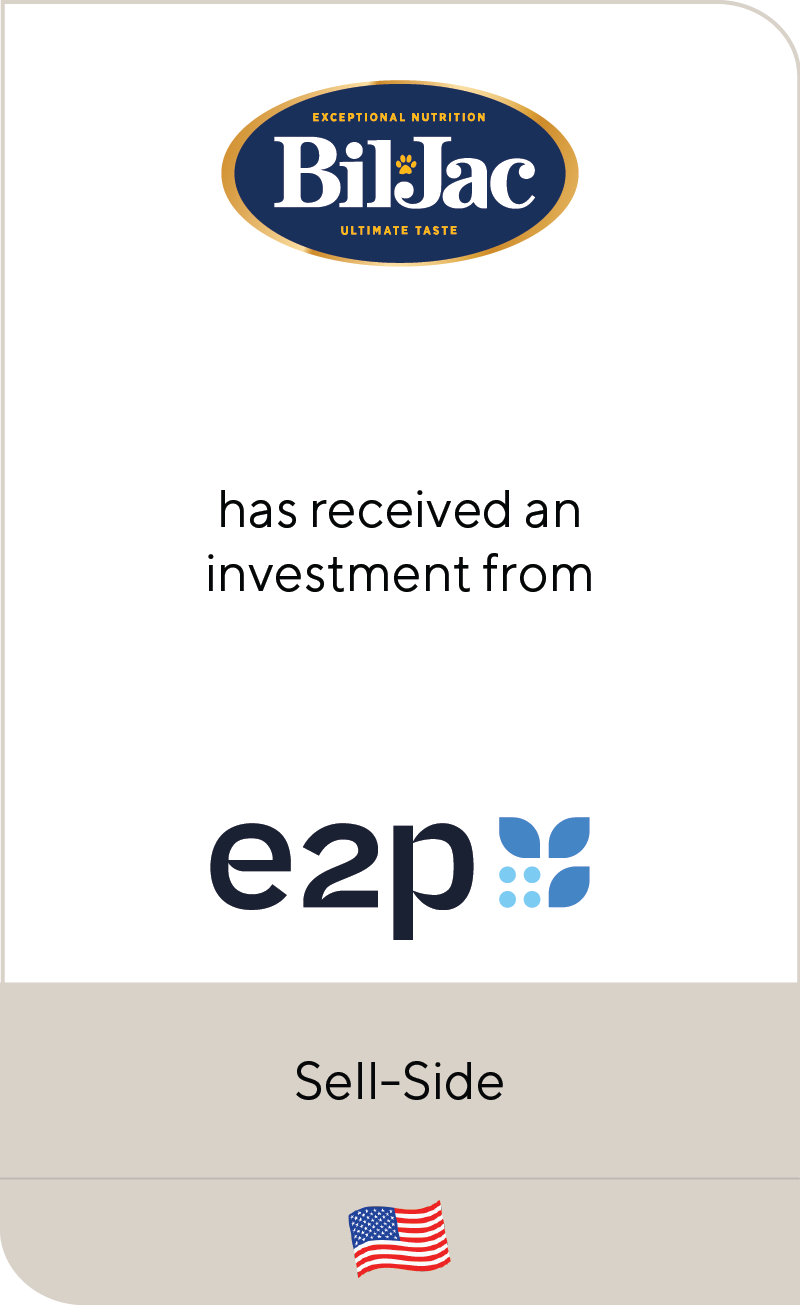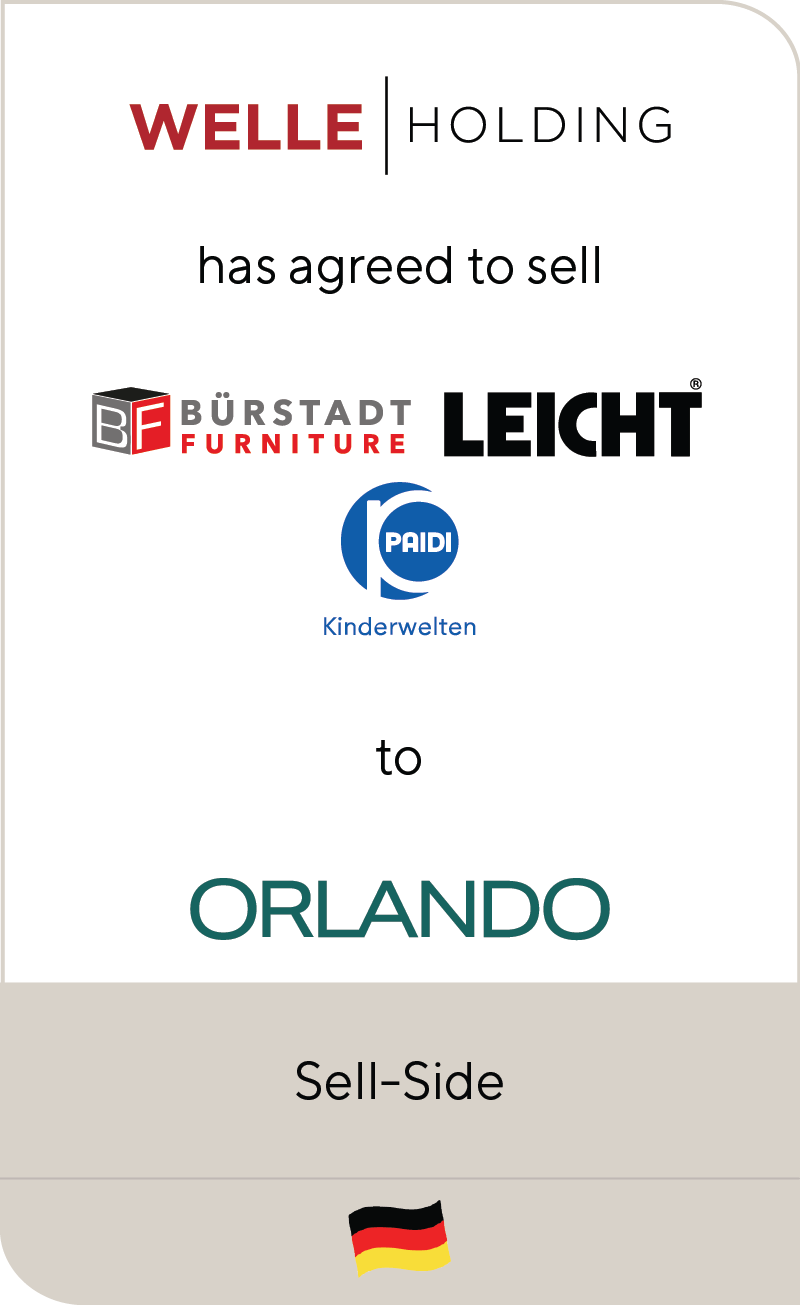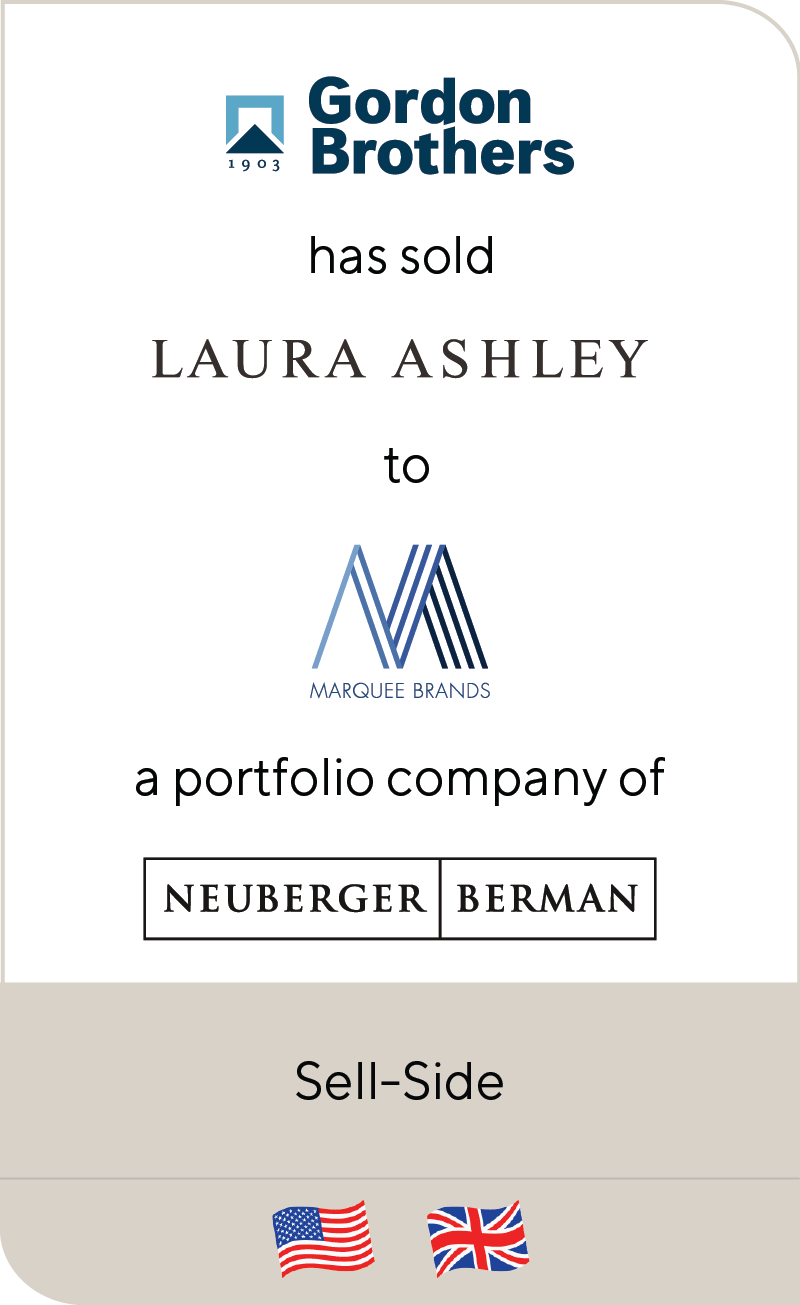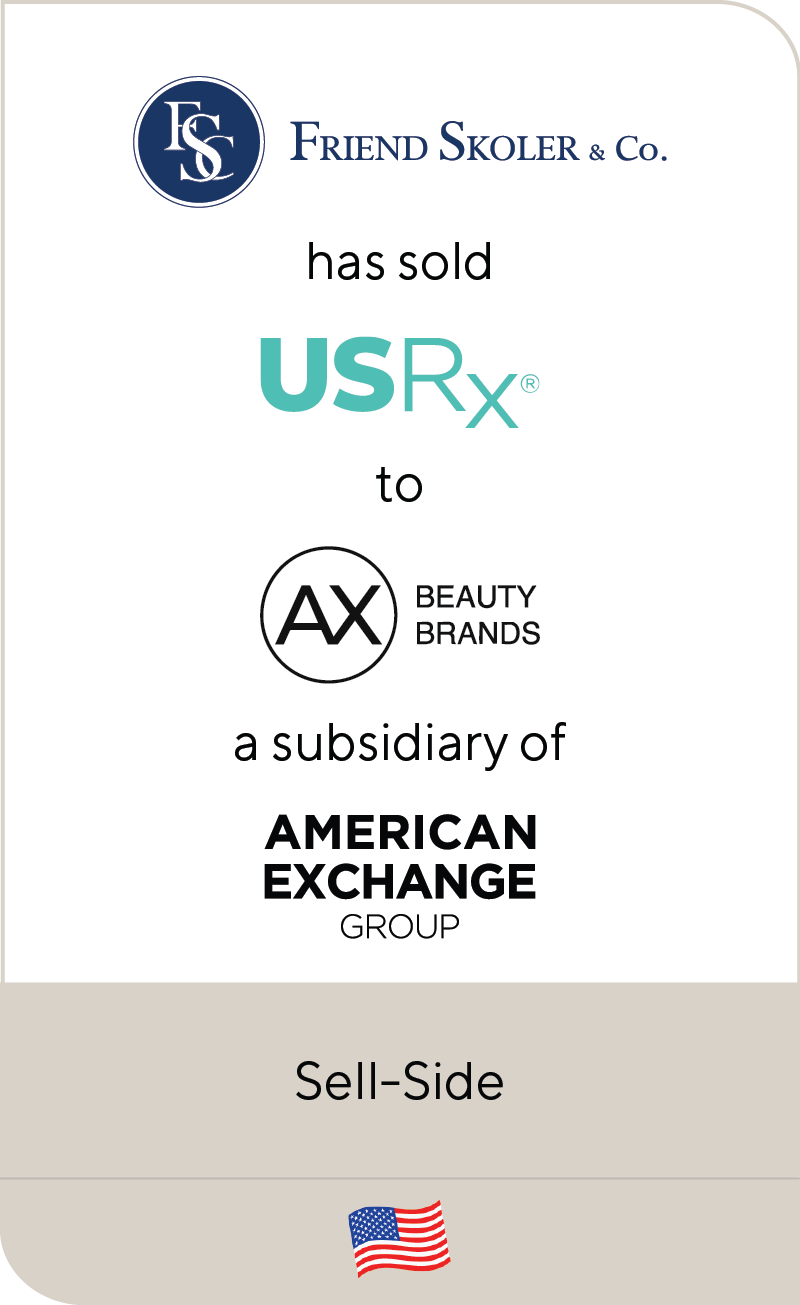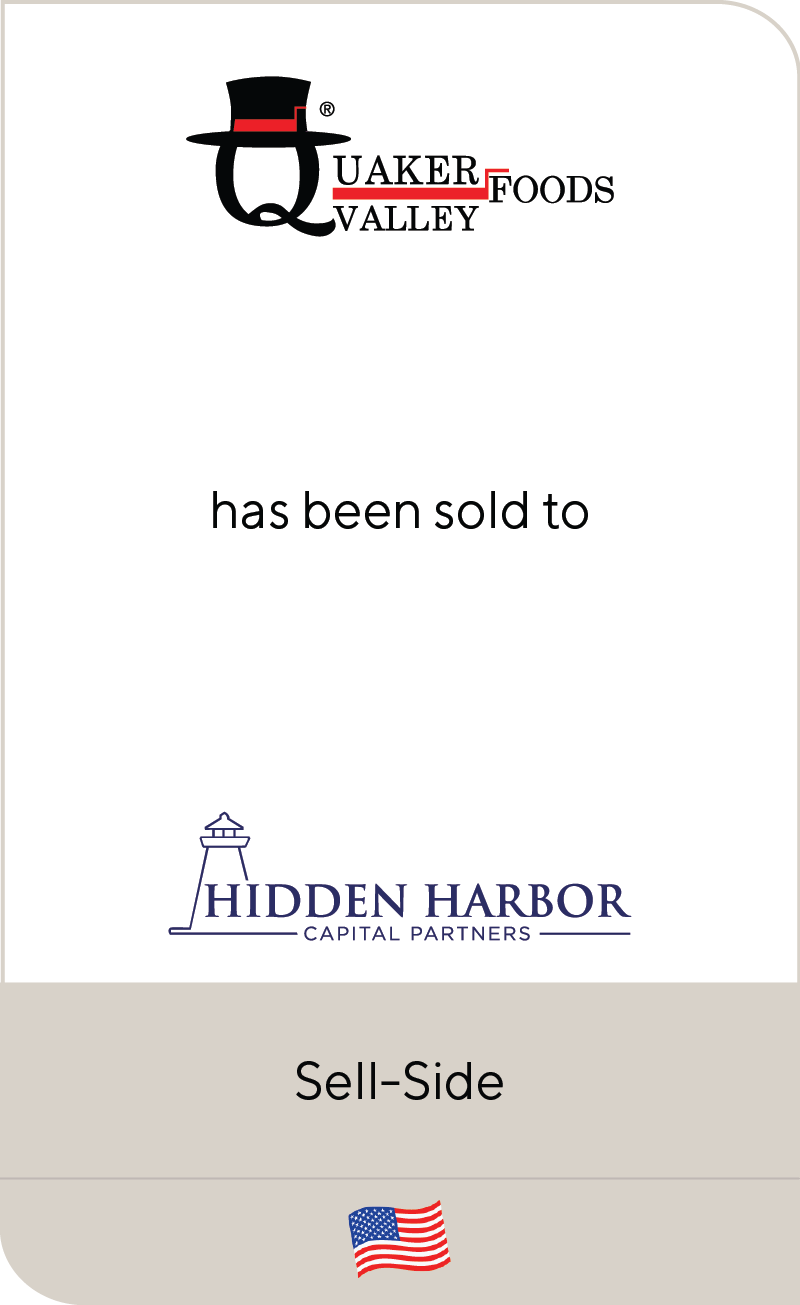A Paws in the March of Premium Pet: Inflationary Pressure Hits European Pet Foods
| In an era where many pet owners lavish their fur babies with everything from spa treatments to gourmet meals, the premium pet food industry highlights the strong bond between humans and their pets.
In good times or bad, premium pet food purchases have remained relatively constant…so much so that, according to a recent report, pet owners had been more inclined to cut costs on food purchases for their children than they were to scale back on premium pet food purchases(1). |
Summary
-
Lincoln International experts delve into European premium pet food market trends.
- Click here to download a printable version of this perspective.
- Sign up to receive Lincoln's perspectives
Unfortunately, there may be some changes ahead for Fido and Fluffy (and, perhaps, a consolation for the children of dog- and cat owners): the global landscape – and pet owner purchasing habits – are shifting.
Broader economic pressures—ranging from inflation and decreased disposable income to supply chain disruptions amidst elevated post-COVID-19 demand—seem to be nudging pet owners to reassess their spending habits on premium food.
This was made evident in a recent 2023 survey that showed that nearly one-third of pet owners had switched pet foods in the past 12 months, with 32 percent of dog owners and 28 percent of cat owners trading down to lower-priced options(2). Another article highlighted that premium dry dog food is losing share, with a decrease of 2.9 percentage points in the three months ending in July 2023, compared to a year earlier(1).
We do not see this recent decline in premium pet food purchases as a signal for producers to retreat. Nor do we feel that the declines are permanent.
Still, premium pet food producers may need to consider diversification as more premium buyers shift their purchasing habits amidst higher prices.
Adding Pedigree to Petfood Offerings
Premium brands that want to take advantage of current market conditions need to consider expanding their product offerings.
Private label brands offering lower-priced premium (and premium-looking) pet food might undercut premium-only brands that do not take steps to move into lower-priced offerings.
Private label sales account for 55 percent of pet food sales by volume in the EU, driven by a concerted effort by European retailers to position private labels as high-quality and lower cost(3). It is lower in the U.S., at 3.3 percent, but U.S. retailers could follow Europe’s lead, accentuating the shift(4).
The UK’s Harringtons / IPN brand is the market’s largest dry dog food producer, and it has provided a compelling template for how premium pet food brands can adapt successfully to the recent market changes.
Harringtons positions itself as a natural product. By offering tiered pricing across its Natural, No Grains and Just 6 Ingredients product lines at increasing price points, it allows pet owners to retain the premium pedigree, while shifting between higher and lower-priced options as their wallets permit.
Switching Takes Guts
For companies looking to wait out the decline in premium purchases, it may take longer than they were expecting. Switching in and out of pet food brands – premium or otherwise – is a decision that takes time, owner commitment and intestinal fortitude on the part of pets.
It is certainly not an easy substitution, such as switching from hamburgers to hot dogs when the price of beef goes up. There are significant switching costs associated with changing a pet’s diet.
From a psychological perspective, pet owners tend to have a deep commitment to a particular brand or type of food. It is not merely consumer preference. Many owners view pet food, especially premium food, as a significant aspect of care. In a human context, a comparable might be the decision to move an elderly parent from a name-brand prescription to a generic one to save costs.
Dietary shifts can also have immediate, real-world consequences of an intestinal nature. Many pets need to switch foods gradually or risk significant upset.
Consequently, even as economic conditions improve, the journey back to premium options may be a gradual ascent rather than a swift rebound.
Pet Love Stays Constant
As buyer habits switch away from premium options, you might be wondering: have pet owners started to love their pets less?
There is no aggregate affection index for pet owners, but we do not feel that affection for pets is declining.
The current shift likely reflects the market’s agility in responding to consumer needs.
Higher quality choices at lower prices, especially those offered by private labels may drive switching that, despite the stickiness associated with dietary changes, could prove temporary.
Data suggests that private-label sales are capturing the attention of pet owners; a rise in the consumption of private-label food for humans has many pet owners considering private labels as a viable alternative to premiums.
In addition to these marketplace trends, other confounding factors could be contributing to the drop in premium purchases.
For instance, a host of new, first-time pet owners entered the market during the COVID-19 pandemic. These inexperienced owners might have opted for the most expensive, premium food option available. Two years later, as they realize that their pet is just as happy with non-premium food, they might be trading down.
Premium Demand Takes a Catnap
Whatever the cause of the short-term adjustments in consumer behavior, we believe that there is a desire to gravitate to high-quality foods, which will continue to make premium a resilient part of the pet food market.
Humanization of pets has been a defining trend in pet-related industries for some time. While not all pet owners can afford premium foods, there is evidence to suggest that they relate to their pets as if they were humans. That would suggest that they will work hard to return to prior levels of spending and food quality when economic conditions allow.
In the meantime, for private equity firms and corporate buyers looking to navigate the current landscape, the key lies in diversification.
Expanding their offering to include non-premium pet food options allows them to bridge the gap during this temporary downturn in premium sales, positioning themselves for success when premium demand awakens from its catnap.
In this evolving market, Lincoln International remains at the forefront, ready to assist companies and investors in maximizing value. With active involvement in the pet food space, Lincoln leverages deep industry knowledge and strategic insights to navigate these changing tides.
For those considering selling or investing in the pet food sector and drawn to various levers for growth, Lincoln offers the expertise and guidance necessary to thrive in this dynamic environment.
Interested in exploring the pet food industry further or seeking strategic advice on navigating these changes? Learn more about our pet food practice and how we can assist in maximizing your company’s value in this sector by contacting an individual below.
(1) Wall Street Journal
(2) Packaged Facts
(3) Global Pets
(4) Pet Food Industry
Contributor

I take a long-term approach to building relationships and understanding clients' businesses in order to provide timely and relevant advice.
Alex Masters
Managing Director & Co-head of Consumer, Europe
LondonMeet Professionals with Complementary Expertise in Consumer

I have a hands-on approach and bring energy, creativity and passion to every client transaction.
Eddie Krule
Managing Director
Chicago
I design strategies and offer solutions that fit the unique ambitions of each client I serve.
Brian Little
Managing Director
Los Angeles
I take a long-term approach to building relationships and understanding clients' businesses in order to provide timely and relevant advice.
Alex Masters
Managing Director & Co-head of Consumer, Europe
London


